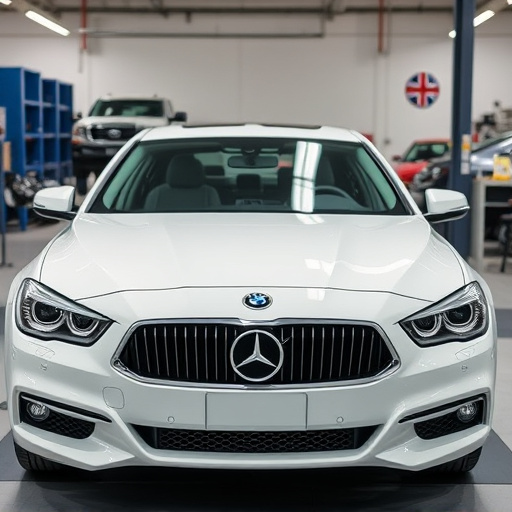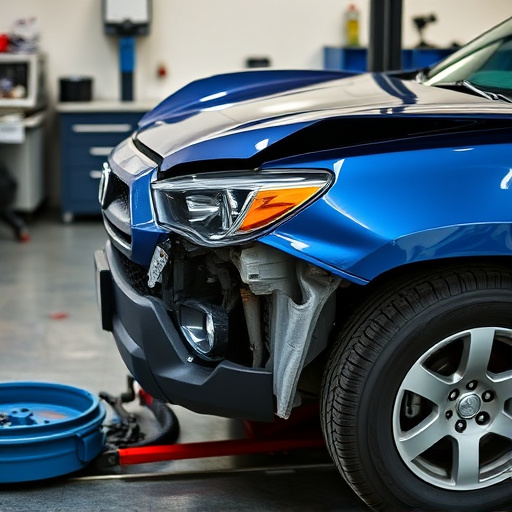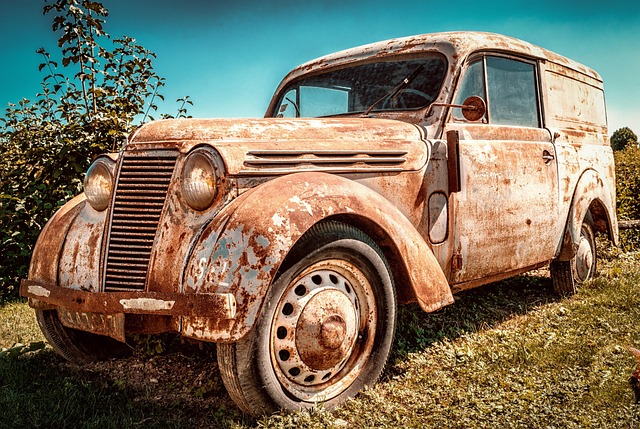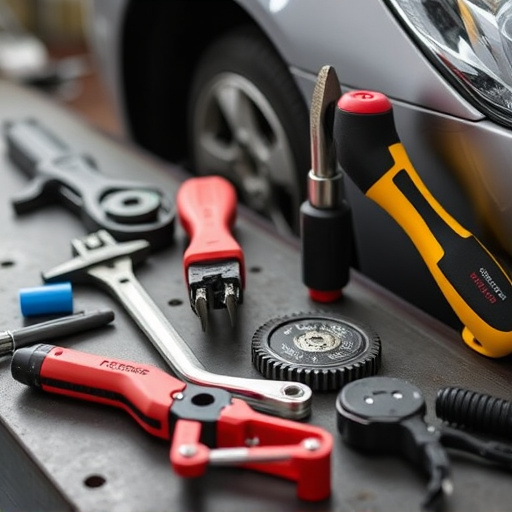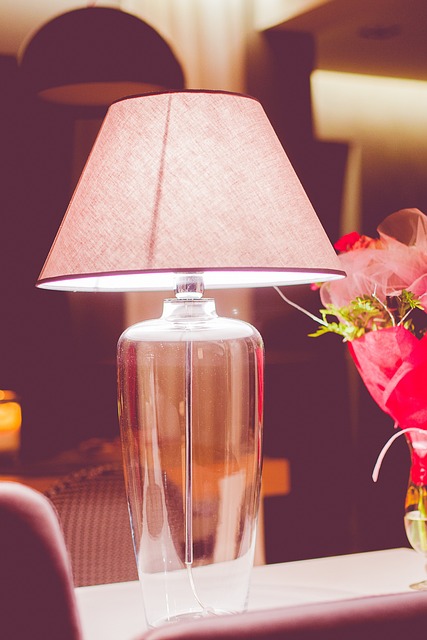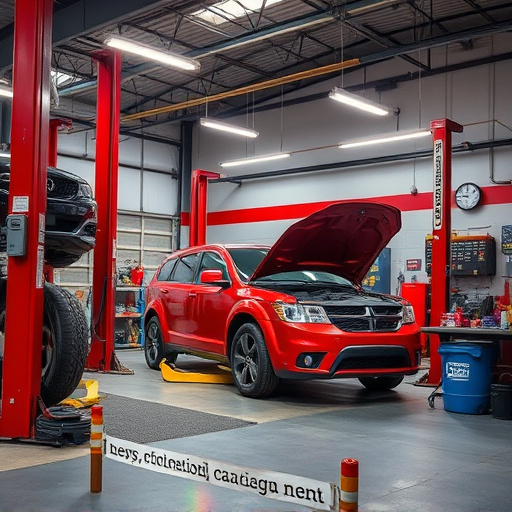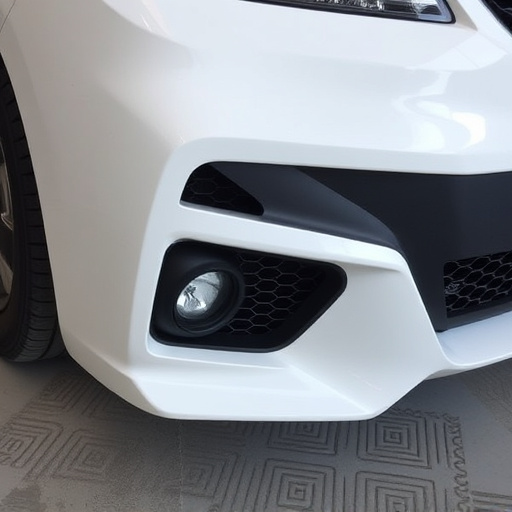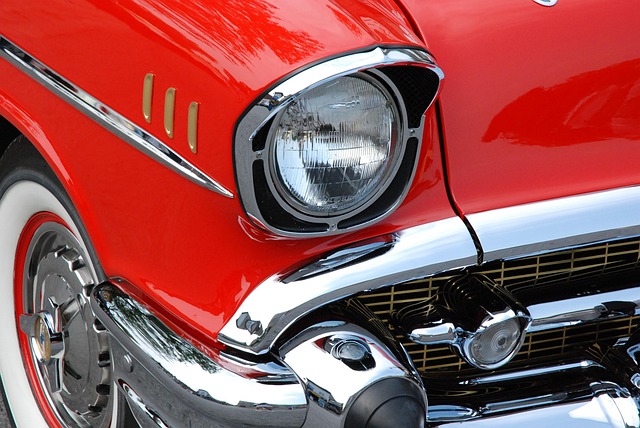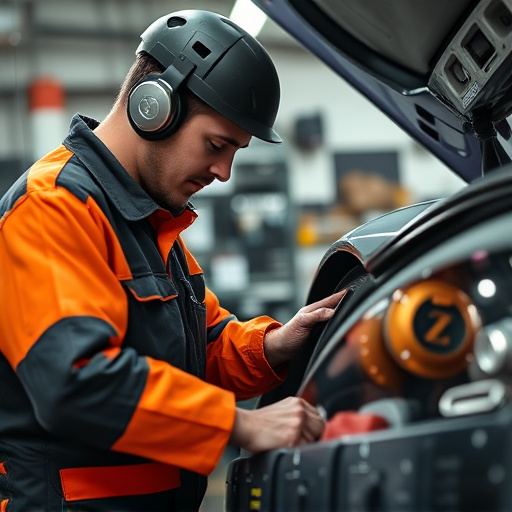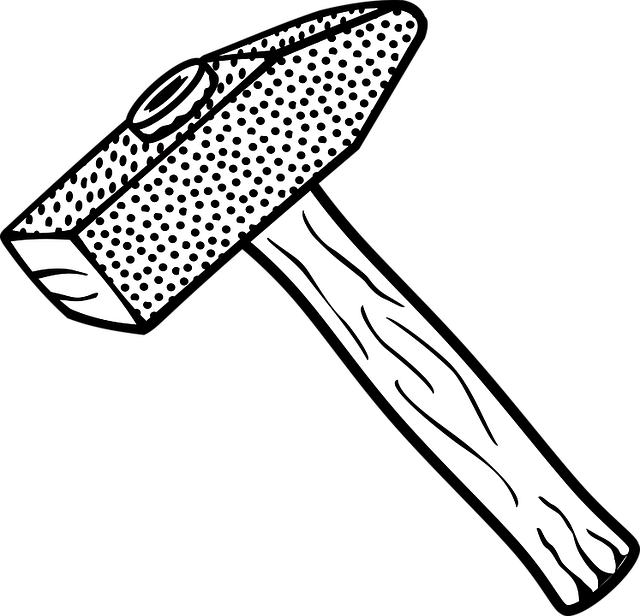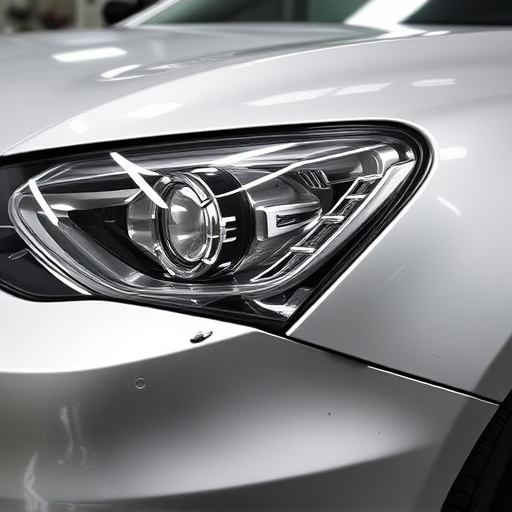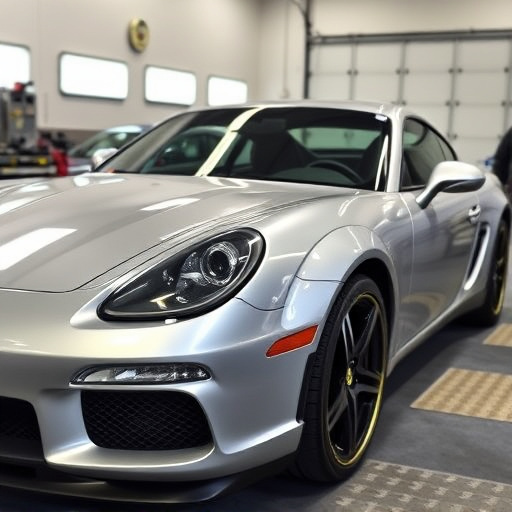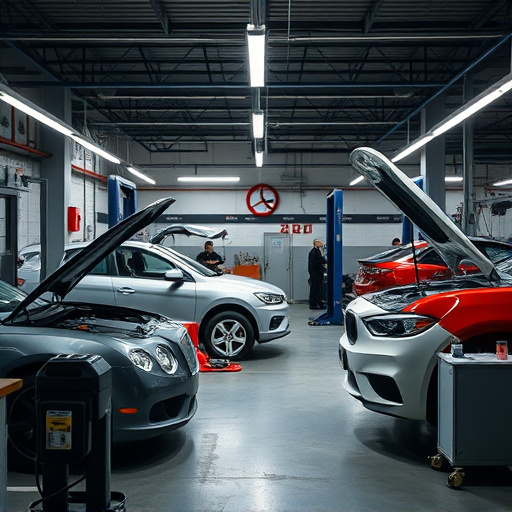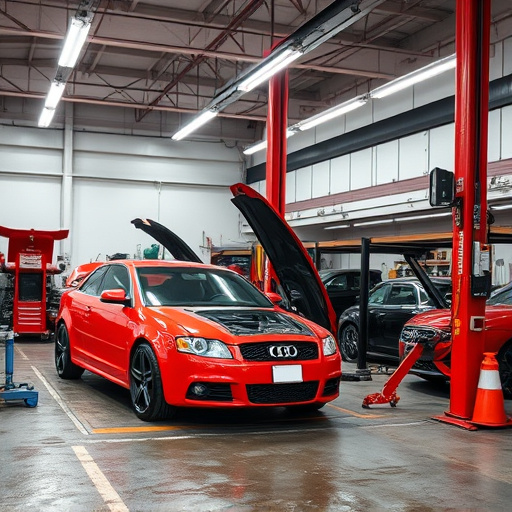Custom color matching is a sophisticated process that demands skilled technicians and precise methods to replicate exact shades in car paint services and vehicle body repair, especially challenging in restoration due to age, condition, weathering, and previous repairs. This technique ensures aesthetic integrity and customer satisfaction across diverse sectors like arts, fashion, and automotive by overcoming challenges like shading variations, material differences, and subjective color perception, resulting in seamless blending of old and new.
“Custom color matching is a complex art, vital to industries from design to manufacturing, yet it’s plagued by unique challenges. This article delves into the intricacies of this process, exploring the subjective nature of color perception and its impact on accuracy. We dissect technical hurdles like hardware/software calibration issues and gamut limitations, while also addressing practical considerations such as client-expert communication gaps and environmental factors. Understanding these common challenges is key to navigating successful custom color matching projects.”
- Understanding the Complexities of Custom Color Matching
- – Defining custom color matching and its significance in various industries
- – The challenges posed by subjective perception of color
Understanding the Complexities of Custom Color Matching

Custom color matching is a meticulous process that involves understanding the complexities of various factors influencing color accuracy. When recreating a specific shade for car paint services or vehicle body repair, every aspect from the original color sample to the application method plays a critical role in achieving an exact match. This intricate task requires skilled technicians who possess a keen eye for detail and a deep knowledge of color theory.
In car restoration projects, where precision is paramount, custom color matching becomes even more challenging. The age and condition of the vehicle’s original paint, as well as potential environmental factors like weathering or previous repairs, can introduce variations that must be accounted for. By employing advanced techniques and high-quality materials, experienced professionals in car restoration are able to navigate these complexities, ensuring a seamless blend that respects both the history and aesthetics of the vehicle.
– Defining custom color matching and its significance in various industries
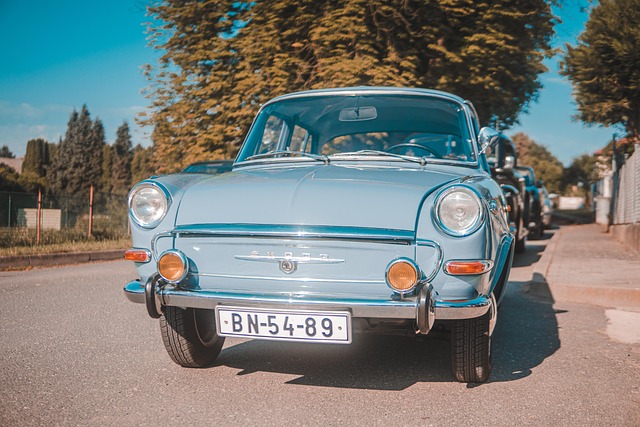
Custom color matching is a precise process where businesses create unique colors tailored to specific requirements. This technique plays a pivotal role across multiple sectors, from artistic endeavors and fashion to automotive industries. In a vehicle body shop or bodywork experts, for instance, achieving an exact match during repairs or custom designs ensures the restored vehicle’s exterior appears seamless and original. The significance lies in maintaining aesthetic integrity and customer satisfaction.
In various trades, accurate color matching enables professionals to transform visions into reality. For example, body shop services rely on it to blend old with new, ensuring no visible traces of repair. Similarly, artists use custom color mixing for creative expressions, while fashion designers employ it to bring exclusive, personalized pieces to life. This process demands expertise and specialized tools to overcome challenges like shading variations, material differences, and environmental factors, ultimately delivering the desired outcome.
– The challenges posed by subjective perception of color
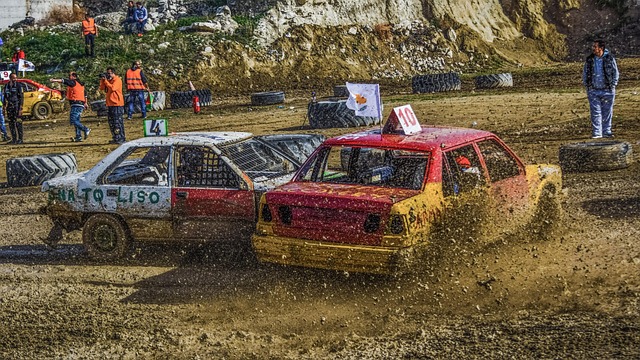
The subjective nature of color perception presents a significant challenge in custom color matching for auto body shops and car restoration professionals. What one person perceives as a perfect match might slightly differ from another’s interpretation, especially when dealing with unique or specialized colors. This variability is influenced by various factors such as lighting conditions, individual color vision deficiencies (like daltonism), and cultural backgrounds, making it incredibly difficult to achieve an exact replica across different frames of reference.
In the realm of auto body work, where precision is key, this challenge can lead to discrepancies between the original car’s color and the restored or replaced panel. Even with advanced technologies like frame straightening equipment, achieving perfect custom color matching remains a complex task. Therefore, understanding and accounting for these subjective perceptions are essential steps in ensuring customer satisfaction during car restoration projects.
Custom color matching is a precise art, but it’s not without challenges. From the subjective nature of color perception to the vast array of factors influencing shade accuracy, professionals in diverse industries must navigate these complexities. By understanding and addressing these common hurdles, they can ensure more reliable and consistent results in their custom color matching processes.
